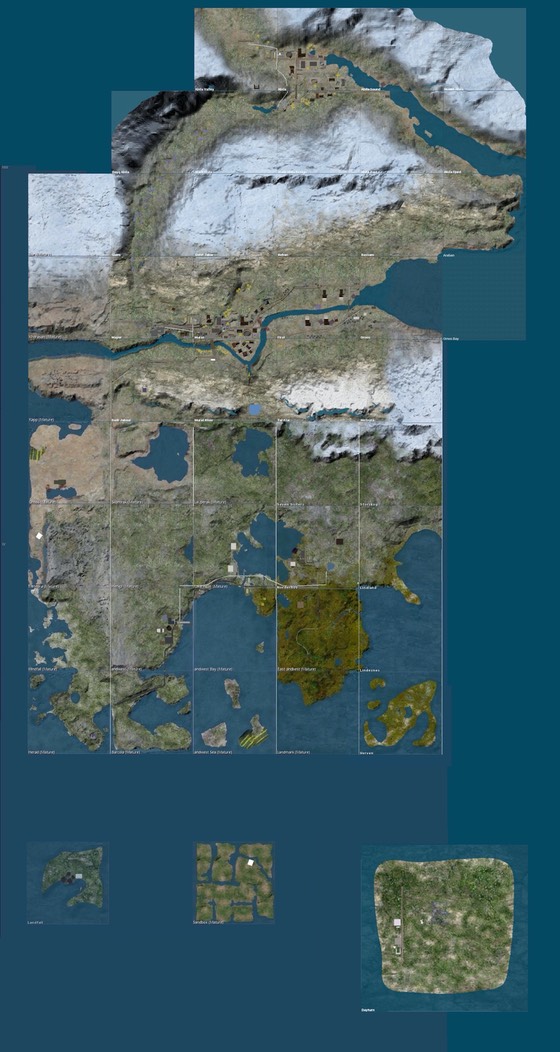Altough xmir being a new grid, the history goes back to 2008 when the founder, Gavin Hird registered the first account on OSGrid. At the time opensim were still in it’s infancy and the grid was slow and very underdeveloped compared to SecondLife.
It was only in 2011 the first sim; andwest started its life on a standalone where it slowly grew to 6 sims. Being a standalone it was largely void of content, so content was developed from the ground up and some of it were put to marketing on the SecondLife marketplace. The oldest building on the grid was originally uploaded to OSGrid late in December 2008, and is virtually unmodified, except the windows have been replaced by mesh windows.
In 2013 opensim had reached sufficient stability and maturity so a mirror of the standalone sims were connected to the OSGrid after which the standalone and the OSgrid instance grew in parallel to 12 sims.
Early in 2014 a OSGrid traveler made the founder aware of the ARL MOSES project and after having checked out the 9 oar archive of Atropia, the grid was extended to the north with these 9 regions, where the landscape was modified to become what is now the Murat River Valley. The Valley was extended to the west with another 3 regions, and the coastline all the way south got 4 new regions to make the landscape more complete. Some of the MOSES buildings and content can be found in the Valley – some modified and enhanced with mesh details, others unmodified.
The latest addition to the landscape is a sandbox region to the south-east
With the crash of the OSGrid asset server of August 15, 2014 it was decided to convert the standalone to what is now the xmir grid with hypergrid access.
The mesh grid
The xmir grid is unique in that it is close to void of sculpted items, where items in-world are either mesh or traditional prims. This makes the grid feel faster than many other places. Many of the mesh items are free to copy for visitors, while others are marketed on the Kitely Market and also the SecondLife Marketplace.
The OS X grid
xmir is also unique in that the servers run on macOS with mono in addition to a PostgreSQL database. The database gives 40-50% faster performance than the traditional MySQL database that is used by most opensim installations and also SecondLife. It also has capabilites that when the development work is completed will help keep database size in check by removing unused content from the database. The opensim project works on this under the name xassets.
macOS also has great thread performance where it lets opensim take advantage of all installed processors with Apple’s Grand Central Dispatch mechanims and the LLVM compiler that gives mono great performance and little memory footprint on the servers.
There will be a separate guide for how to set up opensim on macOS in the Tech Talk section, so watch that space.
